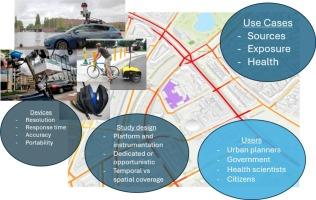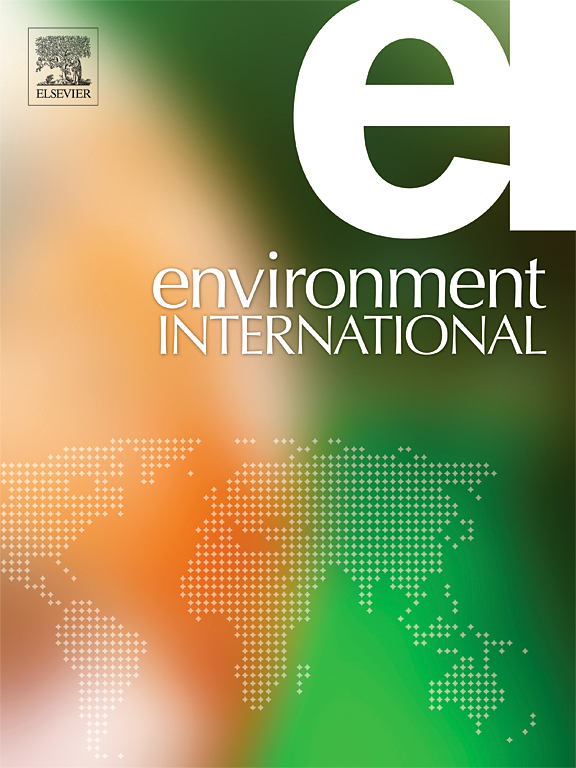Mobile monitoring of air pollution − a position paper on use cases, good practices, challenges, and opportunities
IF 9.7
1区 环境科学与生态学
Q1 ENVIRONMENTAL SCIENCES
引用次数: 0
Abstract
Mobile monitoring has proven to be a very efficient tool to measure and feed into models of air pollution as it complements fixed air quality monitoring networks by adding spatiotemporal resolution. This paper explores best practices, opportunities and challenges related to mobile monitoring of air pollutants, focusing on three key application areas, namely source-, exposure-, and health-related use cases. Use cases are linked to users, ensuring mobile monitoring is effectively tailored to diverse research and policy needs. Tailoring mobile monitoring involves experimental design choices (platform, instrumentation, route planning and spatiotemporal coverage) and data processing choices (data-only vs modelling) optimized towards the envisaged use case. This position paper aims to guide researchers and air pollution stakeholders in generating high-quality mobile monitoring datasets. We identify best practices, discuss monitoring strategies, and highlight future research directions. Additionally, mobile monitoring supports public engagement and actionability, allowing communities to advocate for cleaner air and drive behavior change.


空气污染移动监测-关于用例、良好做法、挑战和机遇的立场文件
移动监测已被证明是一种非常有效的工具,可以测量并输入空气污染模型,因为它通过增加时空分辨率来补充固定空气质量监测网络。本文探讨了与空气污染物移动监测相关的最佳实践、机遇和挑战,重点关注三个关键应用领域,即来源、暴露和与健康相关的用例。用例与用户相关联,确保移动监测有效地适应不同的研究和政策需求。定制移动监控包括实验设计选择(平台、仪器、路线规划和时空覆盖)和数据处理选择(仅数据vs建模),根据设想的用例进行优化。本立场文件旨在指导研究人员和空气污染利益相关者生成高质量的移动监测数据集。我们确定最佳实践,讨论监测策略,并强调未来的研究方向。此外,移动监测支持公众参与和可操作性,使社区能够倡导更清洁的空气并推动行为改变。
本文章由计算机程序翻译,如有差异,请以英文原文为准。
求助全文
约1分钟内获得全文
求助全文
来源期刊

Environment International
环境科学-环境科学
CiteScore
21.90
自引率
3.40%
发文量
734
审稿时长
2.8 months
期刊介绍:
Environmental Health publishes manuscripts focusing on critical aspects of environmental and occupational medicine, including studies in toxicology and epidemiology, to illuminate the human health implications of exposure to environmental hazards. The journal adopts an open-access model and practices open peer review.
It caters to scientists and practitioners across all environmental science domains, directly or indirectly impacting human health and well-being. With a commitment to enhancing the prevention of environmentally-related health risks, Environmental Health serves as a public health journal for the community and scientists engaged in matters of public health significance concerning the environment.
 求助内容:
求助内容: 应助结果提醒方式:
应助结果提醒方式:


